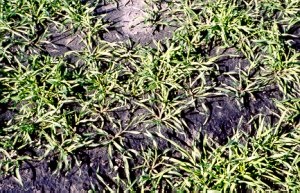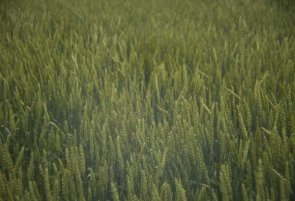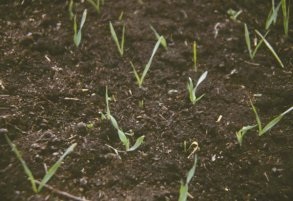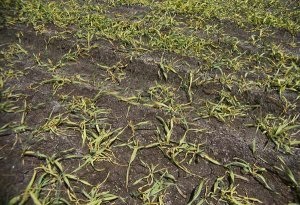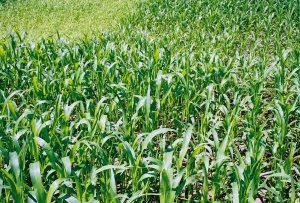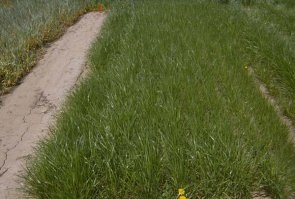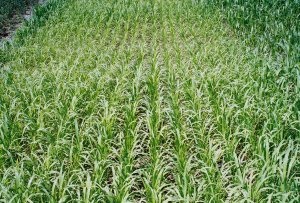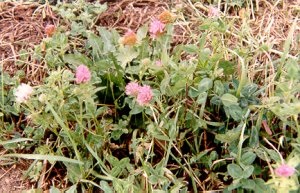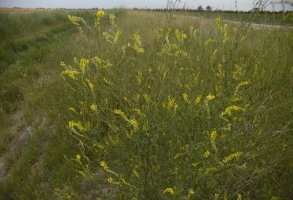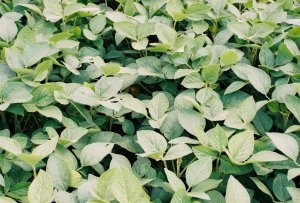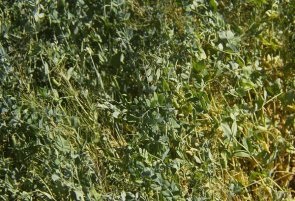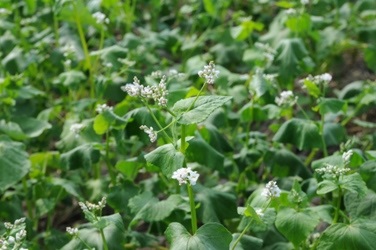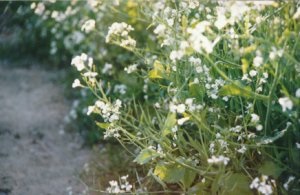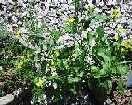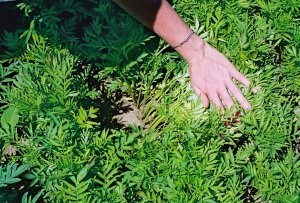Cover crops: cover crop types
Learn about cover crop types such as grasses, legumes and non-legume broadleaves.
The cover crops examined here are evaluated for conventional cover crop usage - as cover crops, green manure crops and other soil improving uses. Perennial covers such as those used for orchard floor management are not included. Further information on perennial orchard cover crops can be found in OMAFRA Publication 360 Guide to Fruit Production and Publication 310 Integrated Pest Management For Ontario Apple Orchards. Many of these cover crops may also have uses as rotational or cash crops.
Grasses
Grasses have fine, fibrous root systems that are well suited to holding soil in place and improving soil structure. Suitable grass species for cover crops are fast growing and relatively easy to kill, either chemically, mechanically or by winter weather. Grasses do not fix any nitrogen out of the atmosphere, but they can accumulate large quantities from the soil. Grass cover crops that are commonly used in Ontario are:
Legumes
Legume cover crops can fix nitrogen from the air, supplying nitrogen to the succeeding crop as well as protecting the soil from erosion and adding organic matter. The amount of nitrogen fixed varies between species, although generally, more top growth equals more nitrogen fixed. Some legume species have aggressive tap roots which can break up subsoil compaction, but this requires more than one year's growth to happen. Commonly used legume cover crops include:
Non-Legume Broadleaves
These broadleaf crops may have a role as green manure crops and in providing a different plant species and root system for soil building. They cannot fix nitrogen out of the air, but they can absorb large quantities from the soil. Most of these crops are not winter-hardy, so additional control measures are not normally required. However do not allow them to go to seed, as the volunteer seed can become a significant weed problem. The following are the common non-legume broadleaf cover crops found in Ontario.
